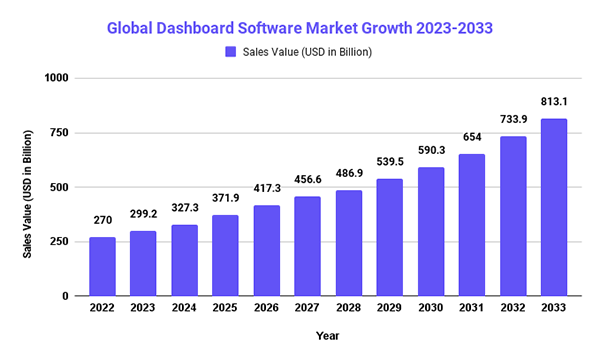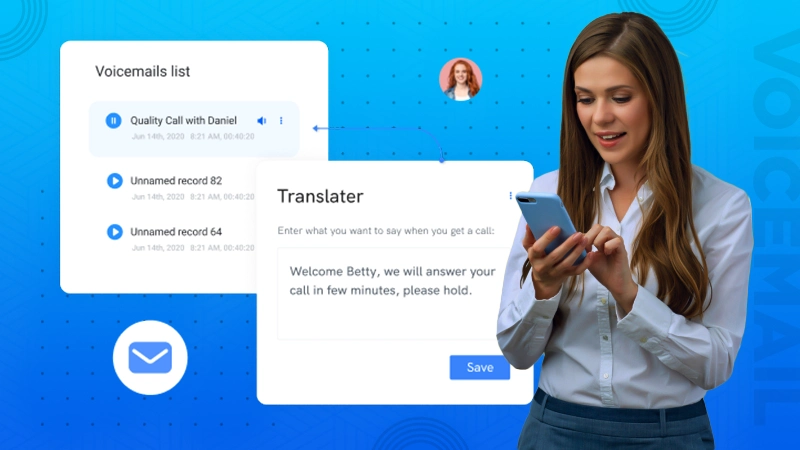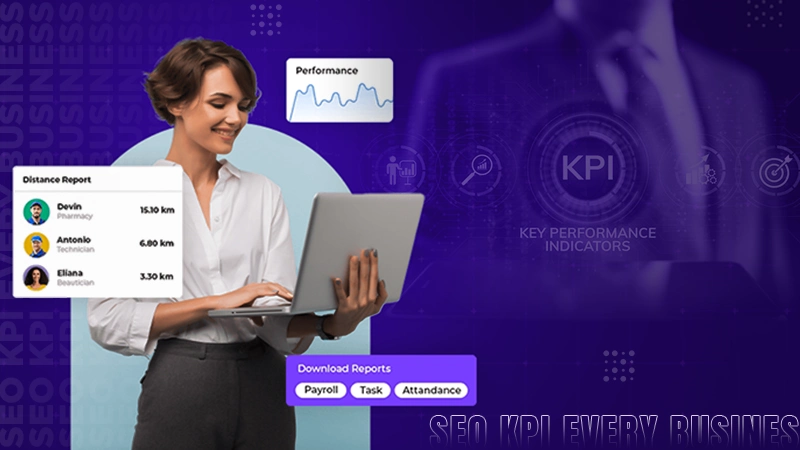Optimal Dashboard Designs for Enhanced Data Collection
Data visualization and dashboard designs typically don’t get the attention they deserve. This is one of the key features of a web application that contains frequent data and the latest updates.
And during the current business environment where competition is growing exponentially, making sense of this data is crucial for a business to sustain and thrive. Also, learn about Accessing the HR & Sales Dashboard with this guide.
Just to point out its significance, almost 70% of sales professionals prefer receiving CRM data from a daily dashboard overview rather than getting corresponding emails throughout the day.
Creating an optimal dashboard design is a combination of art and psychology. And not as easy as it may seem.
This is why, in this read, I will walk you through some exceptional approaches for crafting the best data collection dashboards that enhance data-gathering, while streamlining the whole process.
But First, What Exactly is a Dashboard?
A perfect dashboard in a web application refers to some graphical navigation and interface that provides quick access to some vital information. This usually includes stats like schedules, analytics, messages, and more.
Dashboards are often used to analyze a large amount of data and further interpret it to make better financial decisions.

And, Why Dashboard Design are so Crucial?
Data-driven decisions are never easy to make. And this is where an optimal dashboard design comes into play that provides businesses with some relevant analytics to make better-informed decisions.
An efficient dashboard will also directly communicate with the users. This allows them to receive information on all the other major changes directly through the dashboard, which again enhances the overall user engagement.
So, What are Some of the Best Dashboard Design Practices?
Now that you have a little background on what dashboard designs are actually and why it is so influential. Let’s explore some of the best data design practices:
Define Your Target Audience
Before you start making efforts in your dashboard design, it’s crucial to understand who will be using it. A clear understanding of the audience’s needs and goals will help you decide the exact metrics and data representation that you need to incorporate in your designs.
This is probably the most crucial aspect of a dashboard because, in a search for great engagement, you better meet their expectations.
So, to craft an exceptional dashboard that exceeds the user’s expectations, you must ask the following questions:
- What is the main purpose behind this dashboard?
- Which form of the metrics suits you best?
- What is the nature of represented data?
- How much data can be seen immediately?
- Is there any additional specification that needs to be added?
Enhance The Mobile Responsiveness
With an exceptional rise in the use of mobile devices, prioritizing mobile responsiveness can significantly enhance user engagement.
Better access to the dashboard information from the smartphone screen increases the overall accessibility of these tools. This is why, UI designers should focus on a kind of dashboard layout that adjusts smoothly to the screen.
Do you know?
Mobile devices are accountable for almost 60% of the global website traffic. And that 94% of internet users judge a website based on its responsive web design.
Aim For Simplicity
Minimalism is an inevitable trend in the design sector. An optimal dashboard refers to one that consists of a basic pattern, and where it is easier for the user to navigate to some specific information.
A UI or UX designer should always ensure that the users don’t have to wrestle with the controllers all the time. That’s why it is advised not to overdo the effects, graphics, and backgrounds. Because in the end a dashboard doesn’t have to be magnificent, it just has to be useful.
Sectionize the Whole Dashboard
Break your dashboard into sections to enhance the navigation system, and just try not to dump everything on one page. This method of providing a clear layout will enhance the user’s engagement and make your dashboard more efficient.
For instance, if you’re creating a dashboard regarding the business performance then scrutinizing it with different section such as marketing performance, trends, and website performance can provide a concise dashboard design.
Use the Inverted Pyramid Design
As the name suggest, an inverted pyramid design website refers to a kind of data representation where the important information stays on top, and then it narrows downs to the least important one.
Here are the few crucial elements that make a good inverted pyramid design:
- Place the most significant information on top. So that the users can perceive it in a glance.
- The middle part must consist of the major details about the data.
- And, finally, the bottom part should contain the additional and background information. So that the user’s can dive deeper if they want to.
In a Nutshell
Dashboard is an efficient tool that enables users to process all kinds of data. And this is probably what makes this so significant to grab the user’s attention.
So to craft an optimal dashboard design make sure to meet all the requirements and deploy the striking practices such as enhancing mobile responsiveness, simplicity, and other methods mentioned above.








